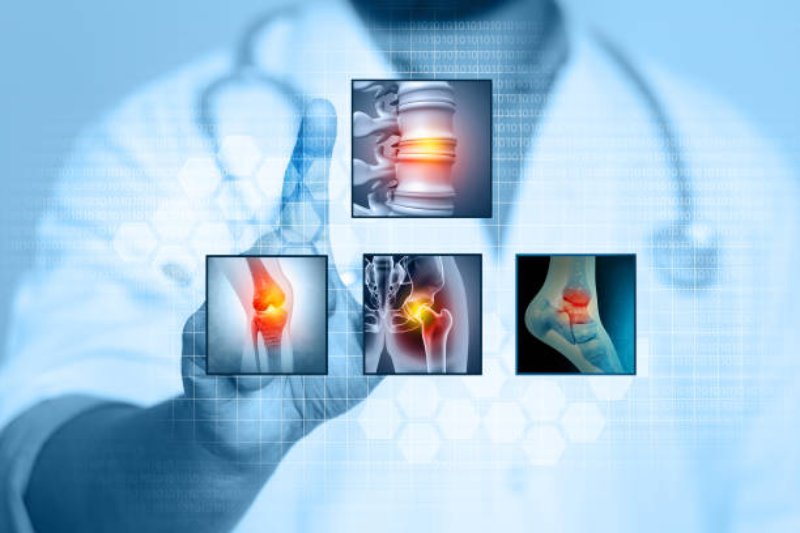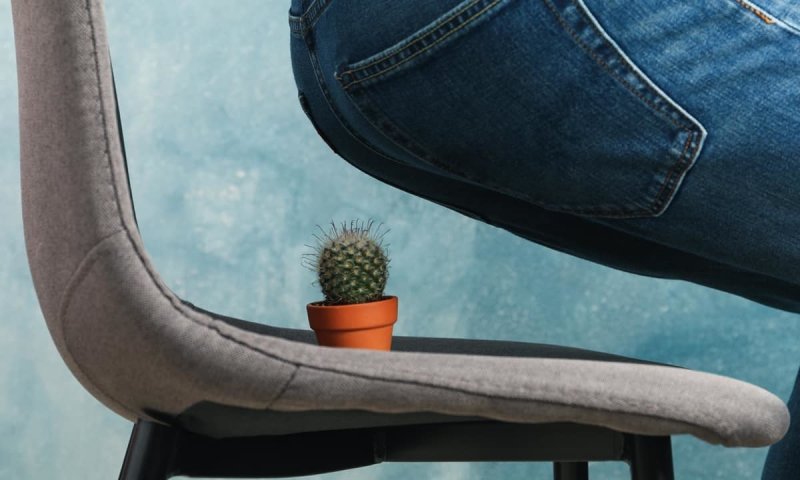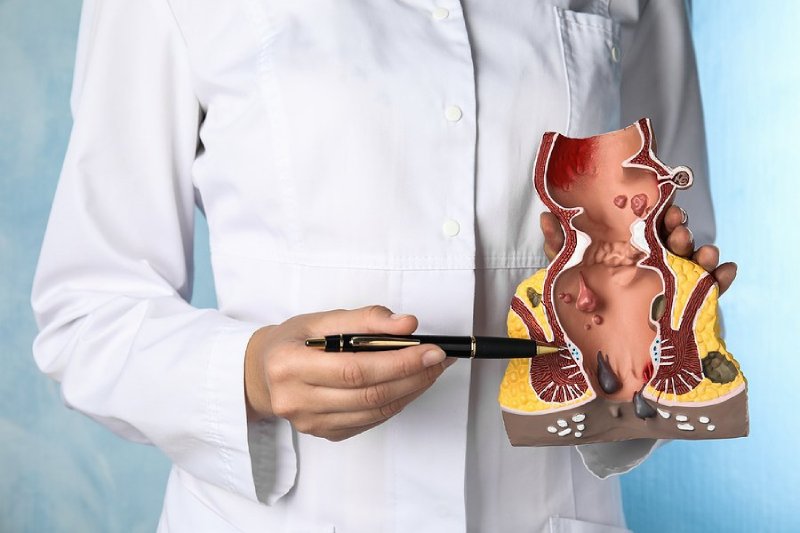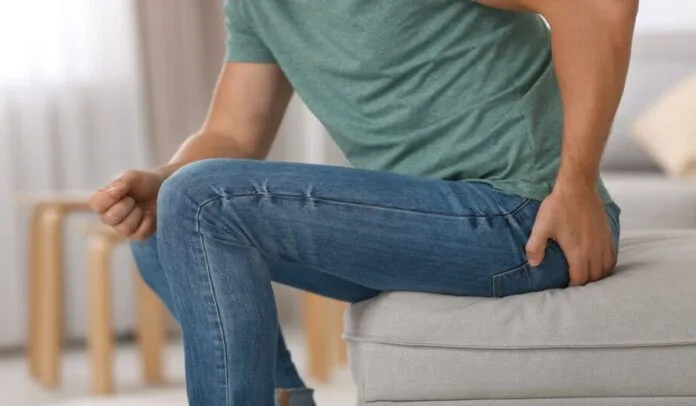Hemorrhoidal diseases, also known as hemorrhoids, are disorders that occur as a result of swelling and inflammation of the veins in the rectum and anus area.
Hemorrhoids can occur in two main types: internal and external.
Internal hemorrhoids occur as a result of swelling of the veins inside the rectum, while external hemorrhoids occur due to swelling of the veins outside the anus.
Treatment options include a variety of options, including a high-fiber diet, hot bath treatments, topical creams and medications, hemorrhoid pads, and surgery.
With early diagnosis and appropriate treatment, the symptoms of hemorrhoids can often be relieved and the patient’s quality of life can be restored. However, in chronic or severe cases, surgical intervention may be required.

What are the symptoms in hemorrhoidal diseases?
Symptoms of hemorrhoidal diseases may differ from person to person and depend on the severity of the disease. However, the most common symptoms of hemorrhoids may be;
- Anal Pain and Discomfort: Hemorrhoids can cause pain, burning, and discomfort in the anal area. These pains are usually more pronounced in external hemorrhoids and may increase while sitting or going to the toilet.
- Anal Itching and Burning: Hemorrhoids often cause itching and burning sensations in the anal area. These symptoms often occur as a result of inflammation and irritation.
- Bleeding: The most obvious symptom of hemorrhoids usually occurs as bleeding on toilet paper, in stool, or in the toilet. Bleeding is usually bright red and occurs during defecation.
- Swelling and Veins: External hemorrhoids are often noticed as swollen veins around the anus. These bumps and veins can be seen with the hand or a mirror.
- Painful Defecation: Hemorrhoids can cause pain during or after defecation. Pain may be more pronounced, especially in cases of large or hard defecation.
- Anal Fistula or Internal Fissures: Hemorrhoids can sometimes lead to fissures or fistulas. These conditions can cause more pain and inflammation.
Symptoms of hemorrhoidal diseases may vary depending on the type and severity of hemorrhoids and the person’s general health condition. If you are experiencing such symptoms or have any concerns, it is important to consult with a healthcare professional. Early diagnosis and appropriate treatment can help relieve symptoms and prevent disease progression.

Precautions that can be taken in hemorrhoidal diseases;
You can take the following precautions to prevent hemorrhoidal diseases or relieve their symptoms;
- Balanced Diet: A high-fiber diet can help prevent constipation. Be careful to consume high-fiber foods such as vegetables, fruits, whole grain breads and whole grains.
- Drinking Water: Drinking enough water can help make stool soft and reduce constipation.
- Toilet Habits: Sitting or straining on the toilet for a long time can increase the risk of hemorrhoids. Do not rush to the toilet, try to defecate comfortably.
- Regular Exercise: Regular physical activity can improve intestinal motility and contribute to your overall health. Make exercise a habit.
- Avoiding Excessive Strain: Avoid excessive straining when trying to go to the toilet. Wait for a second natural bowel movement and defecate when necessary.
- Hot Water Baths: You can take warm water baths to relax and clean the anal area. This can relieve anal itching and pain.
- Painkillers and Anti-inflammatory Medicines: You can use painkillers or anti-inflammatory medicines as recommended by your doctor.
- Consultation with a Doctor : If you have severe or persistent symptoms, you should consult a healthcare professional. He or she will evaluate your hemorrhoids and recommend appropriate treatment options.
- Physical Activity: Sitting or standing for long periods of time can put pressure on the anal area. Therefore, avoid standing still for long periods of time. Taking occasional breaks for a walk or changing your sitting position can reduce the risk of hemorrhoids.
It is important to follow these precautions to prevent hemorrhoidal diseases and relieve their symptoms. However, if you have symptoms or are suspicious, you should definitely consult a healthcare professional.




